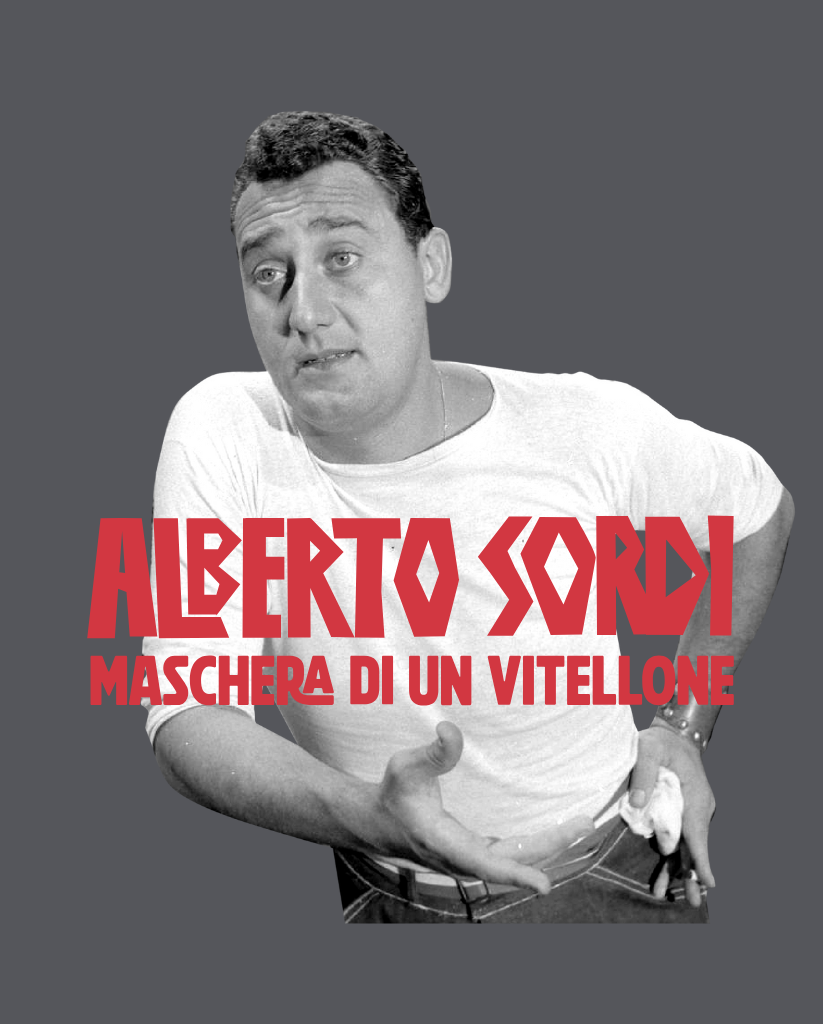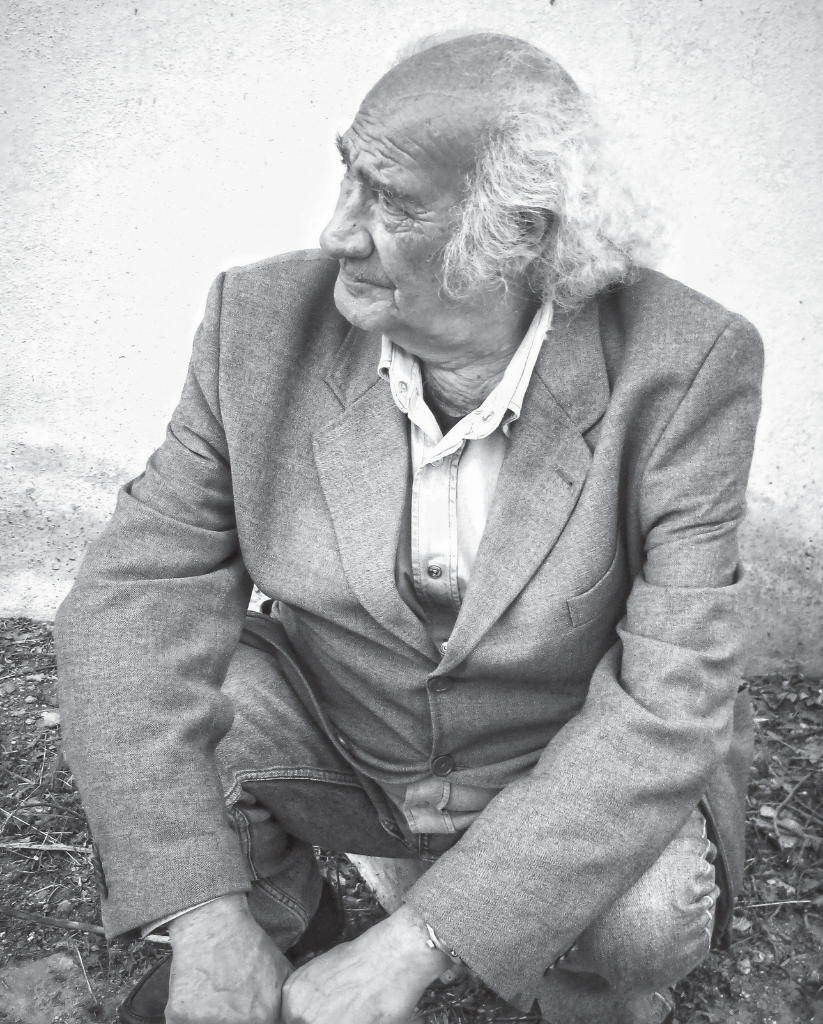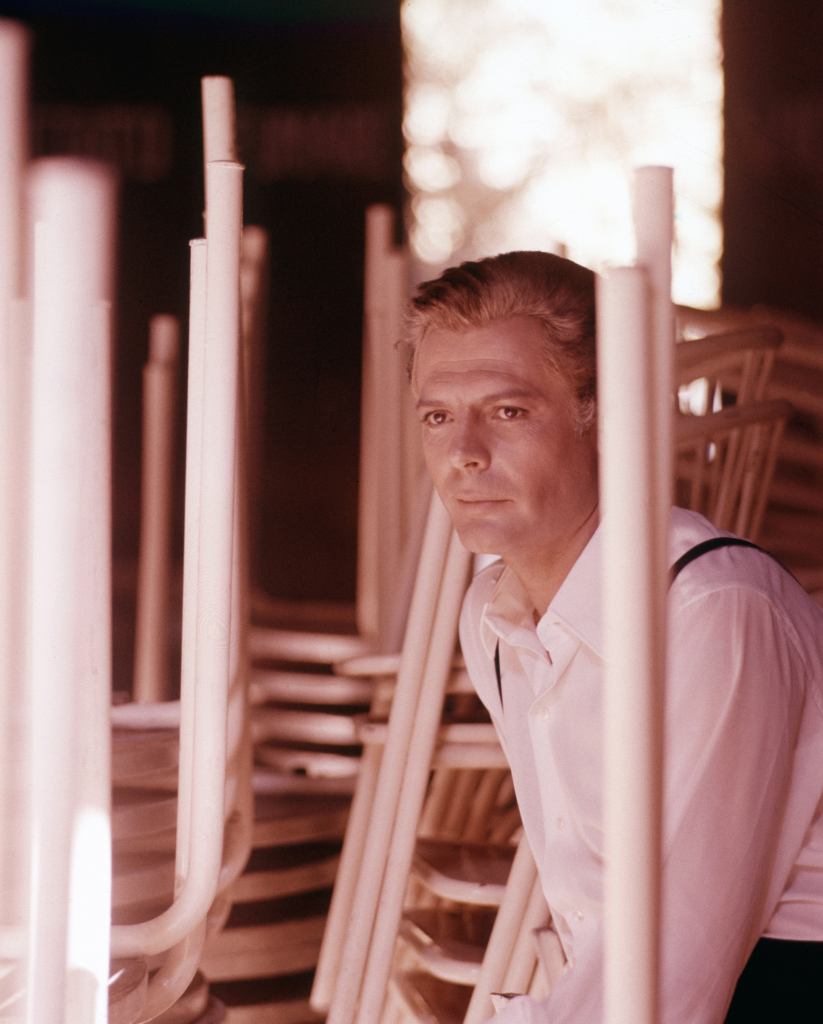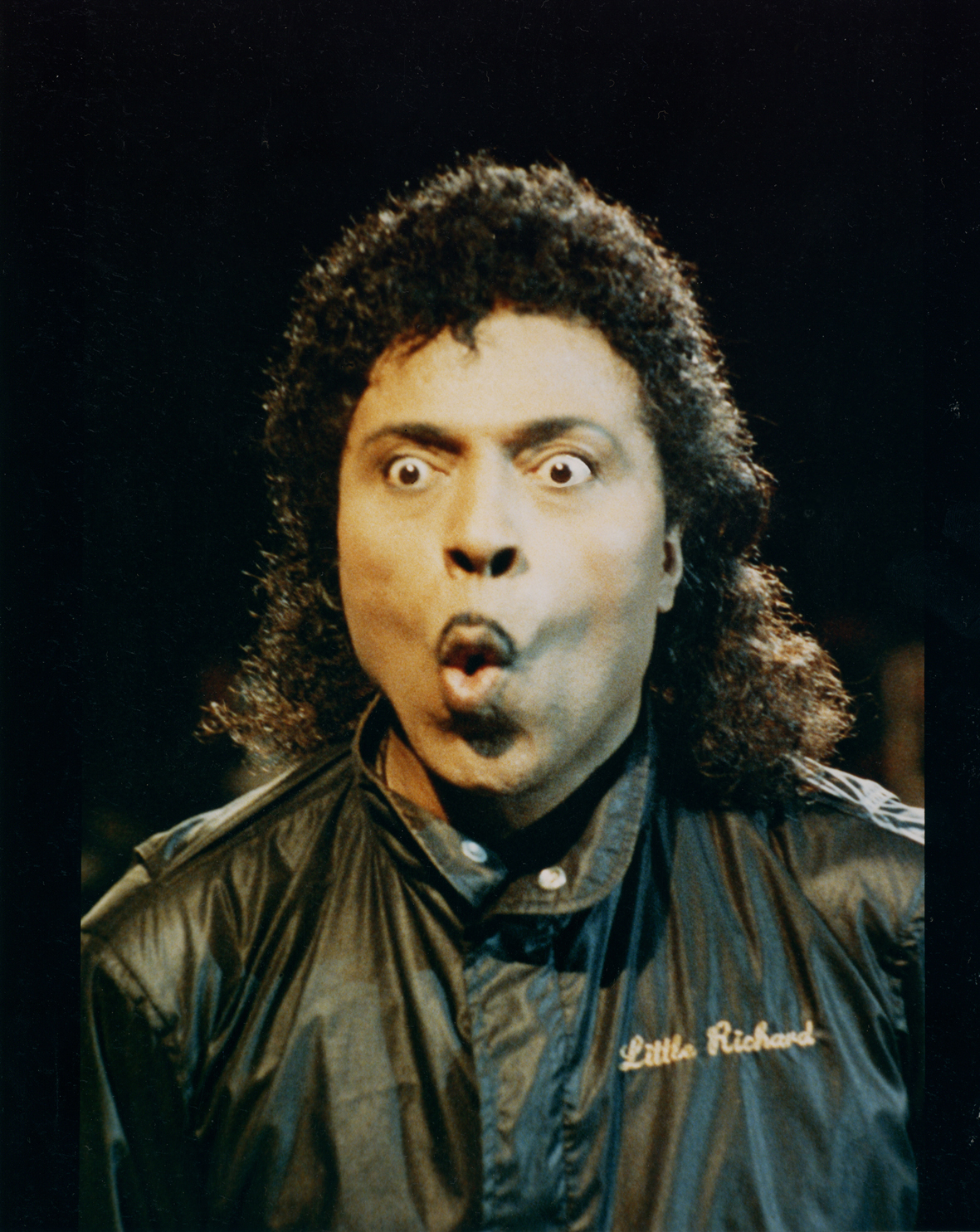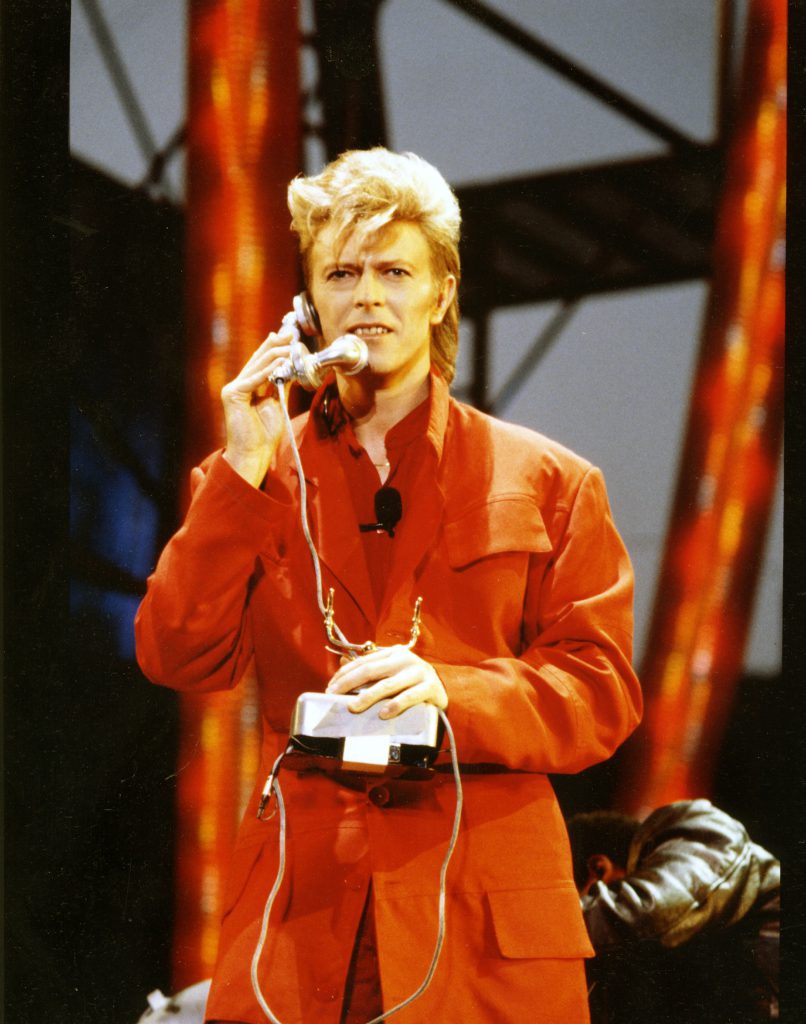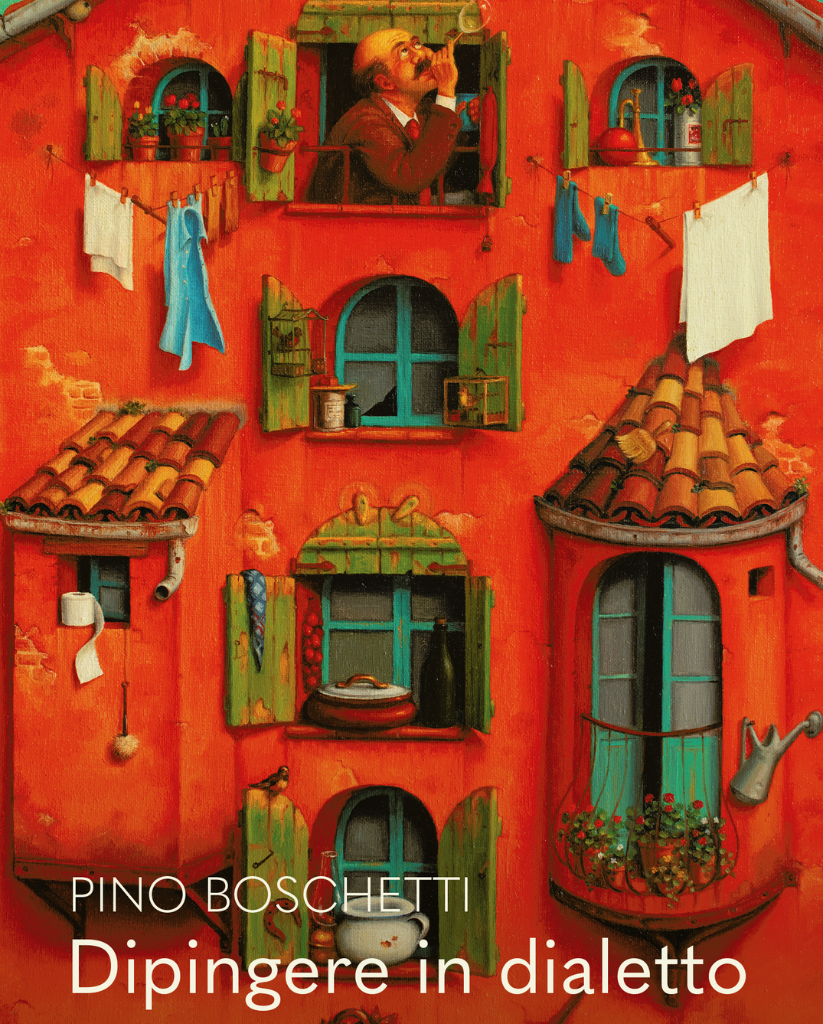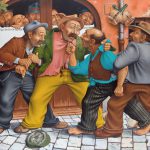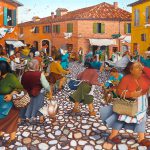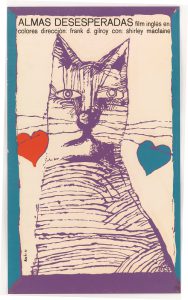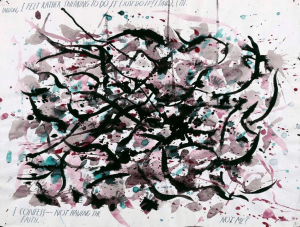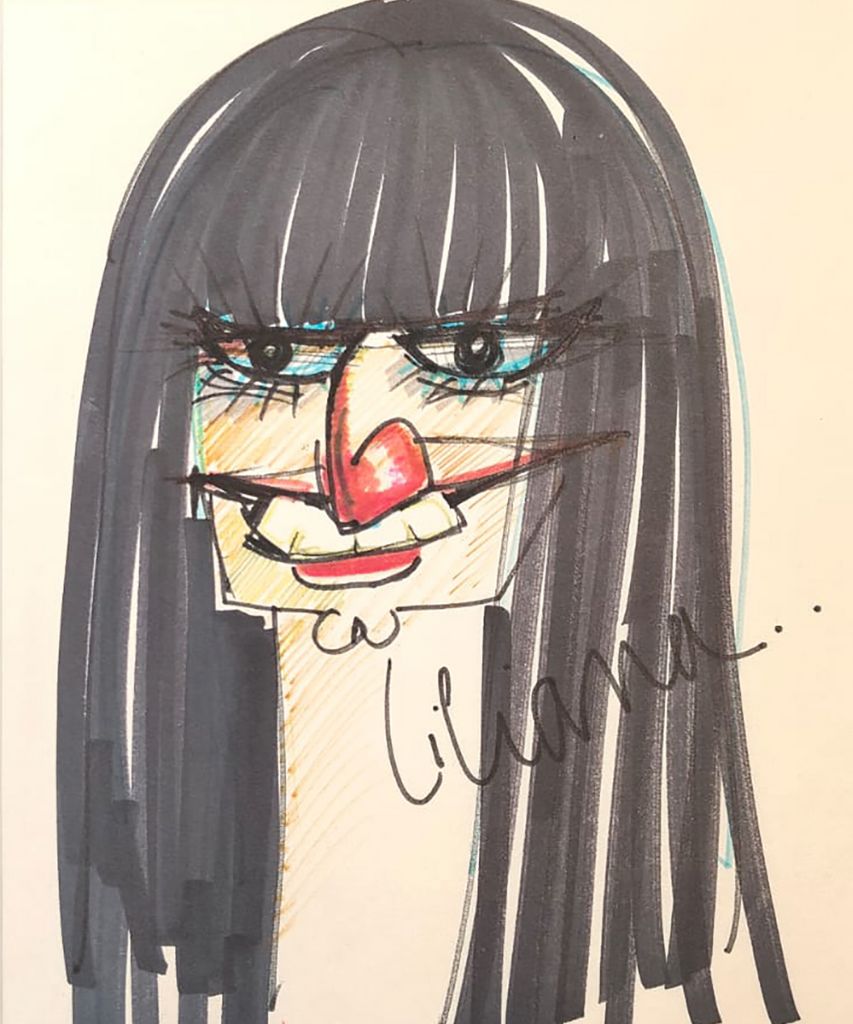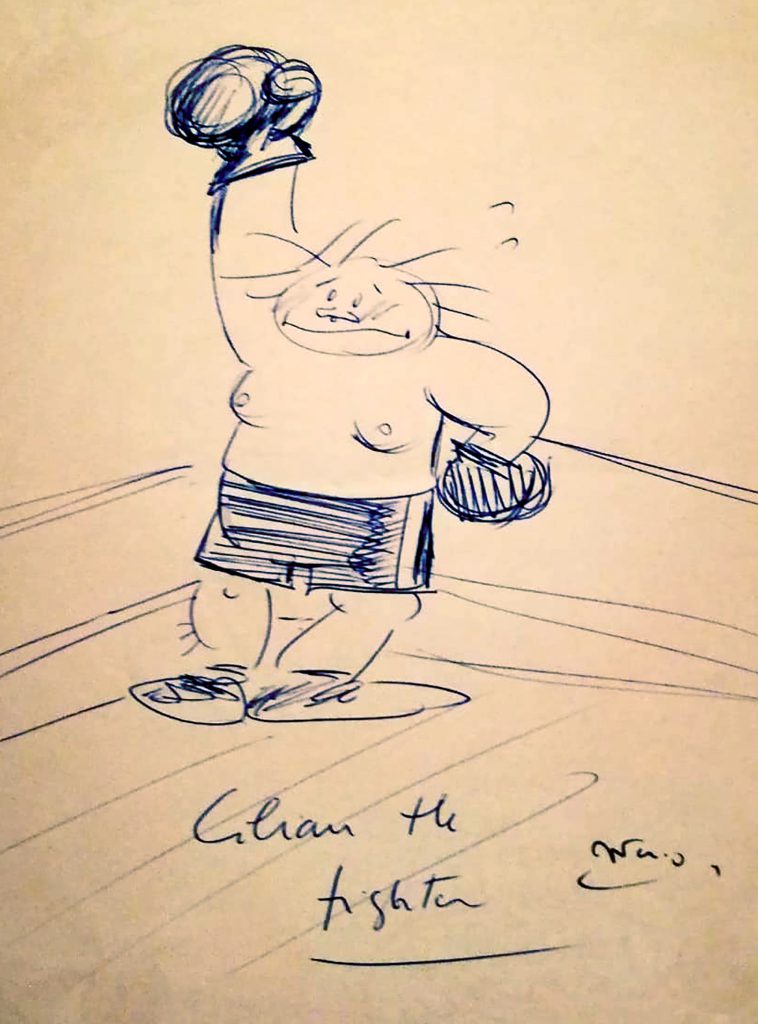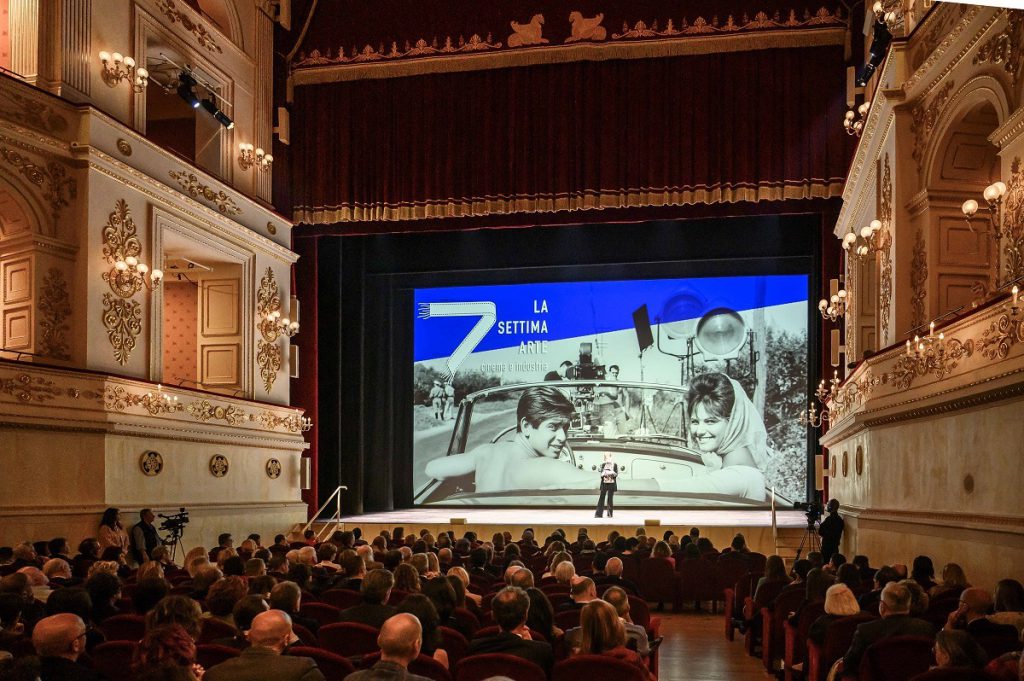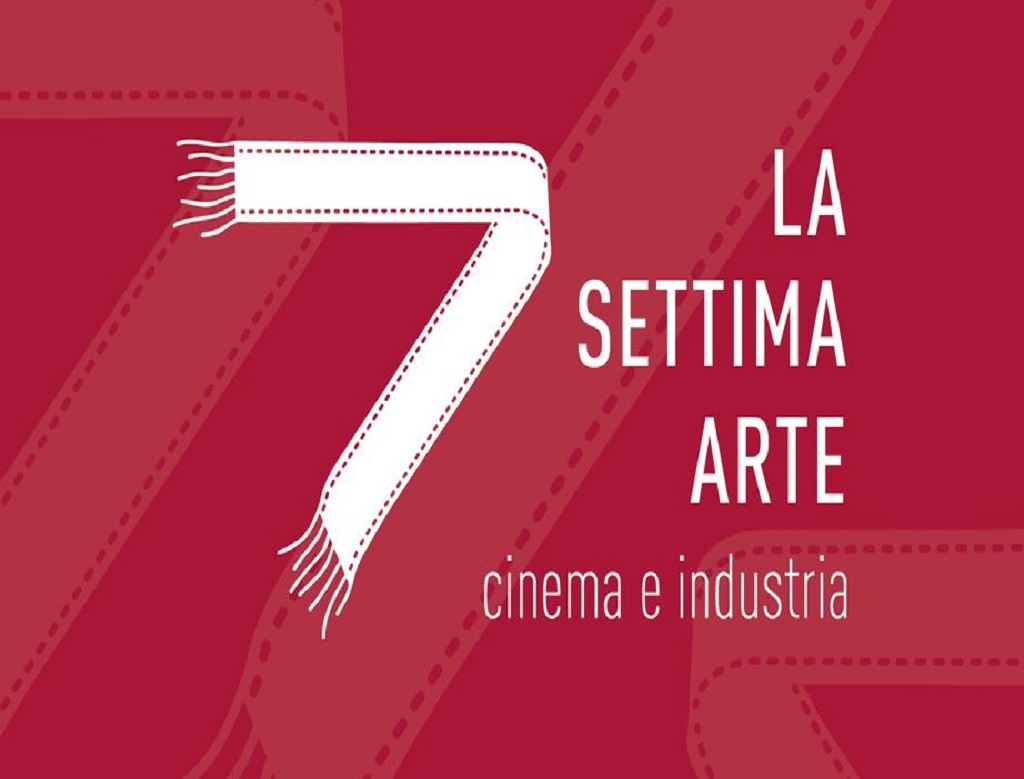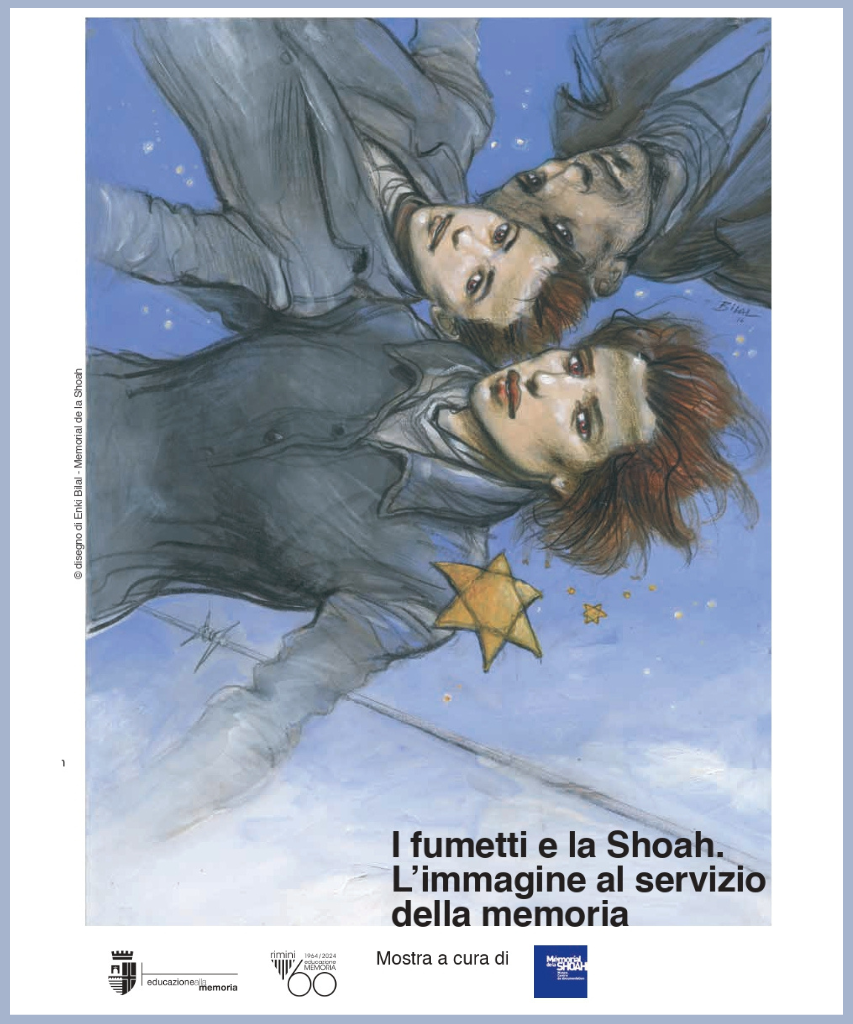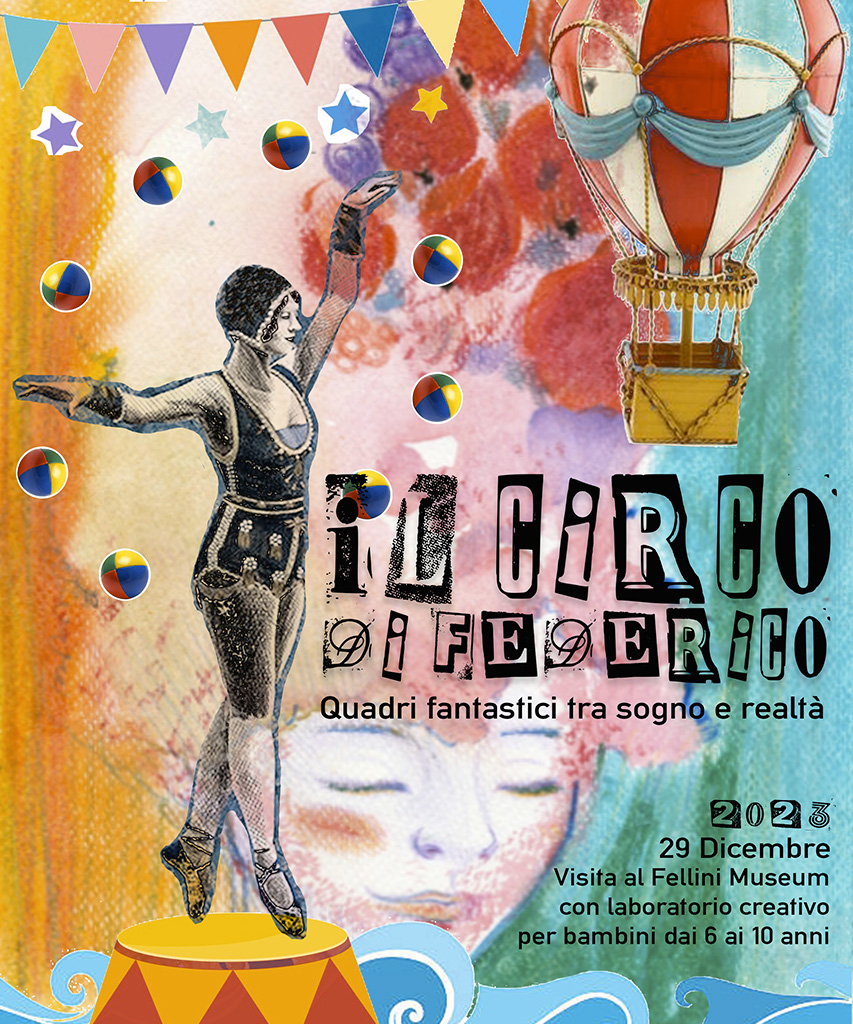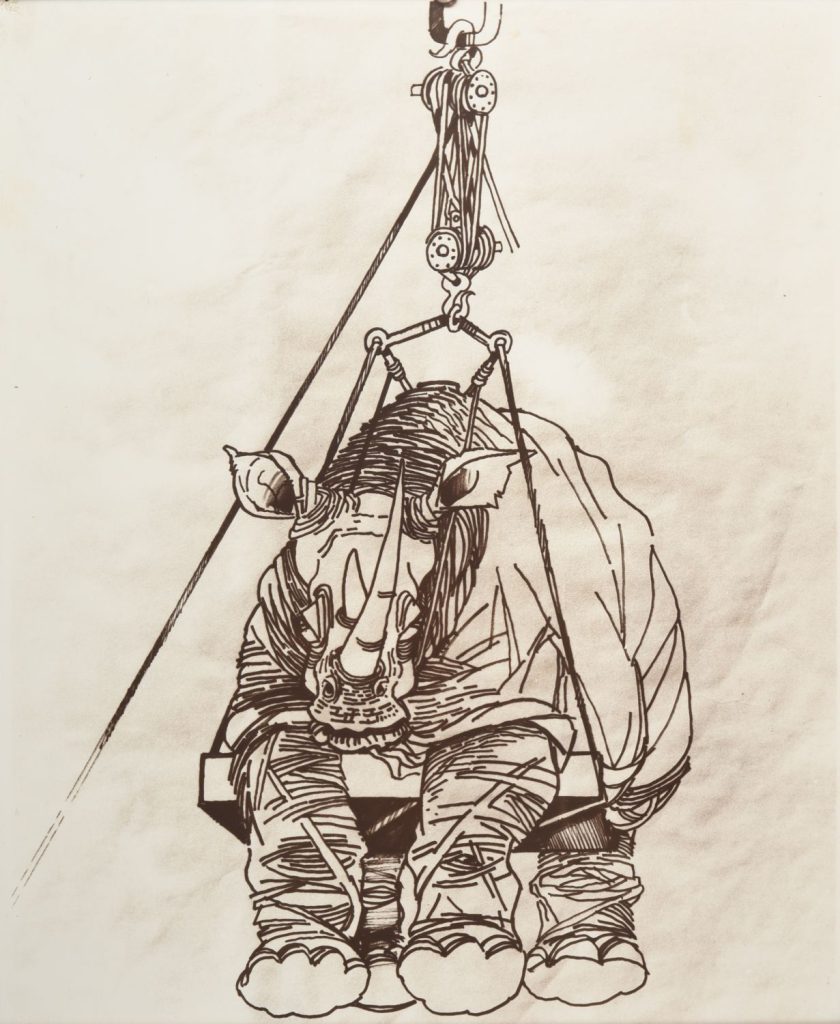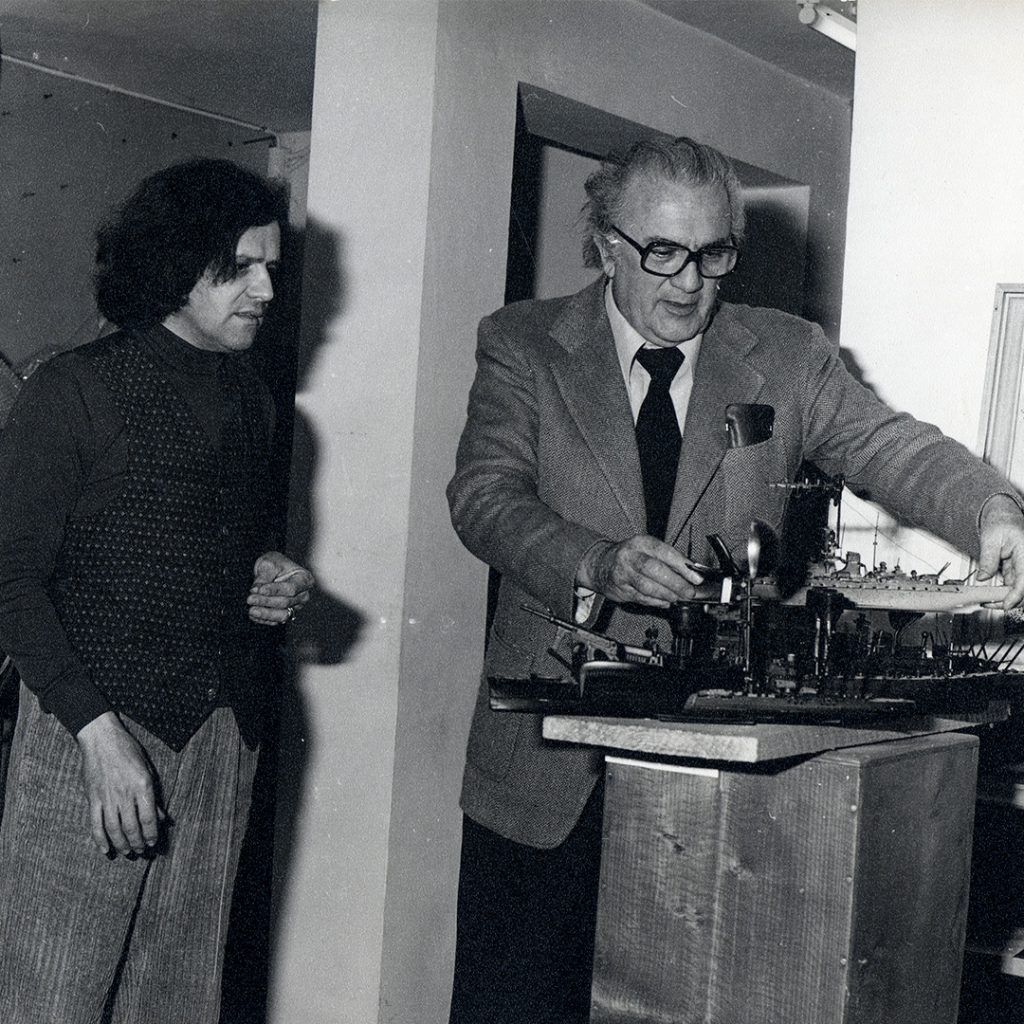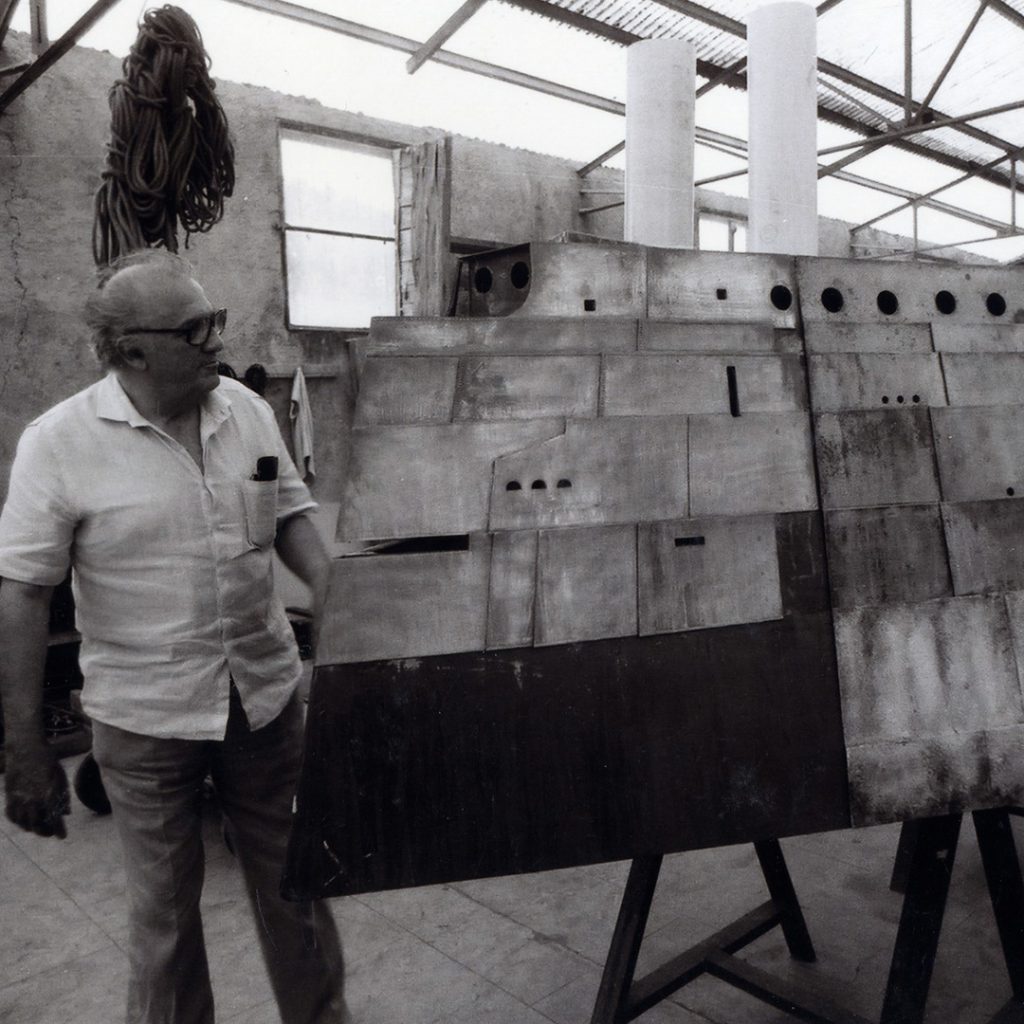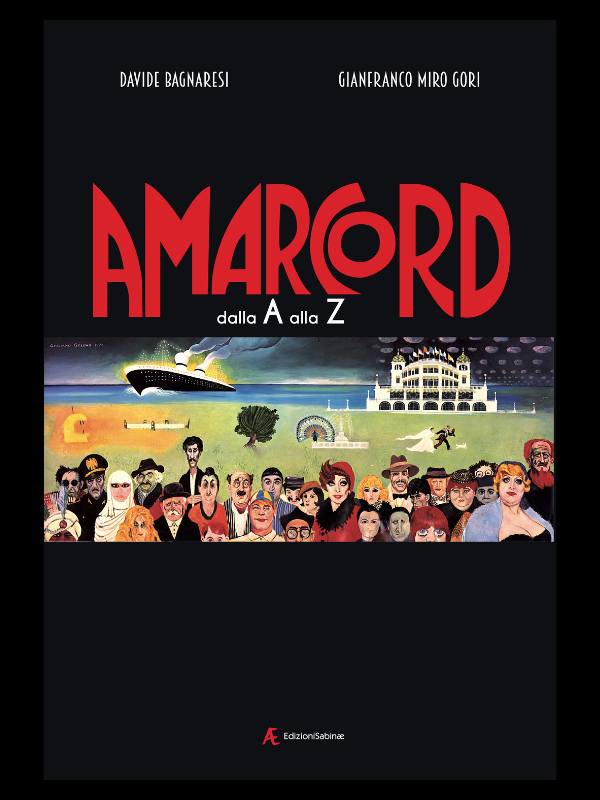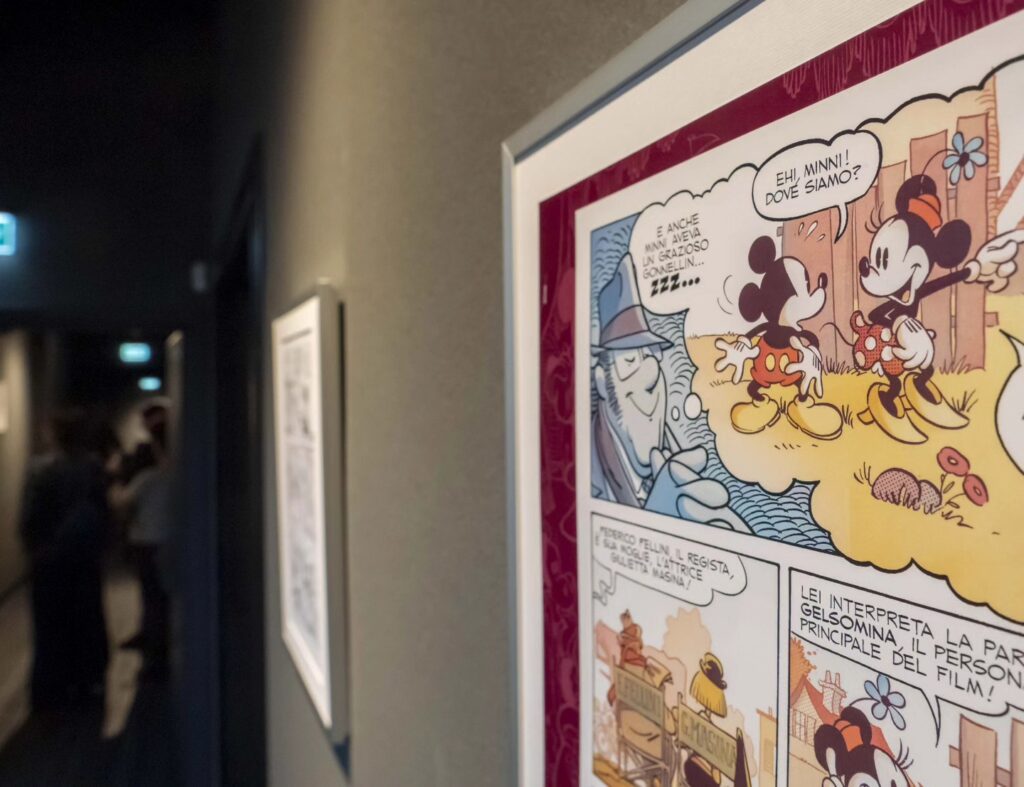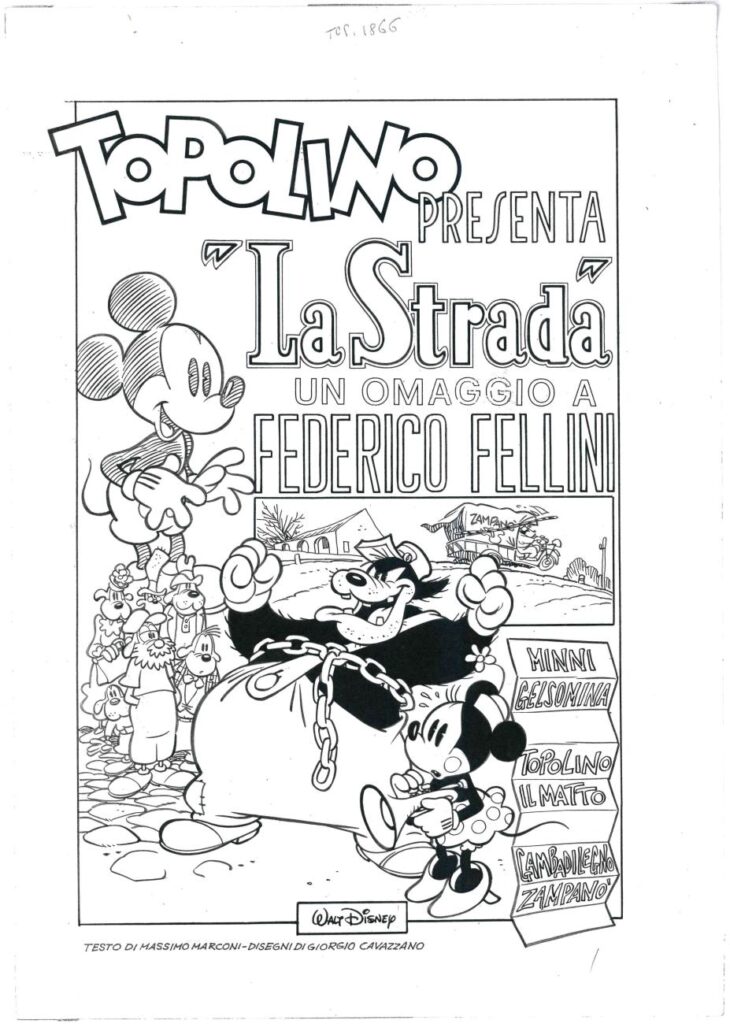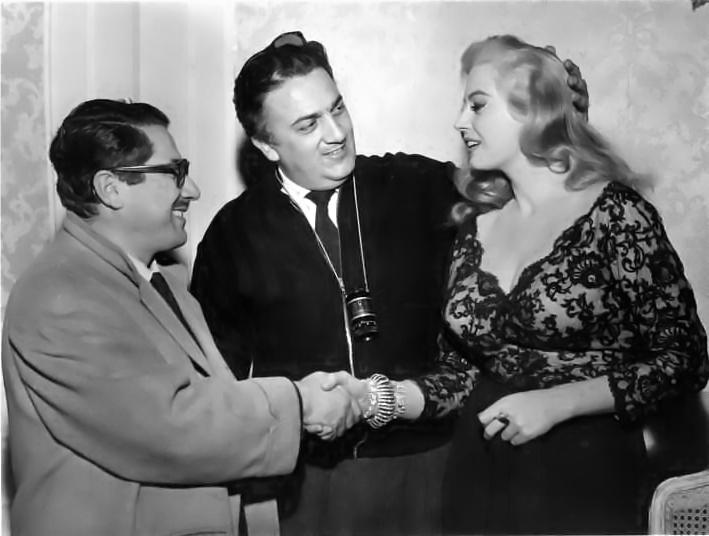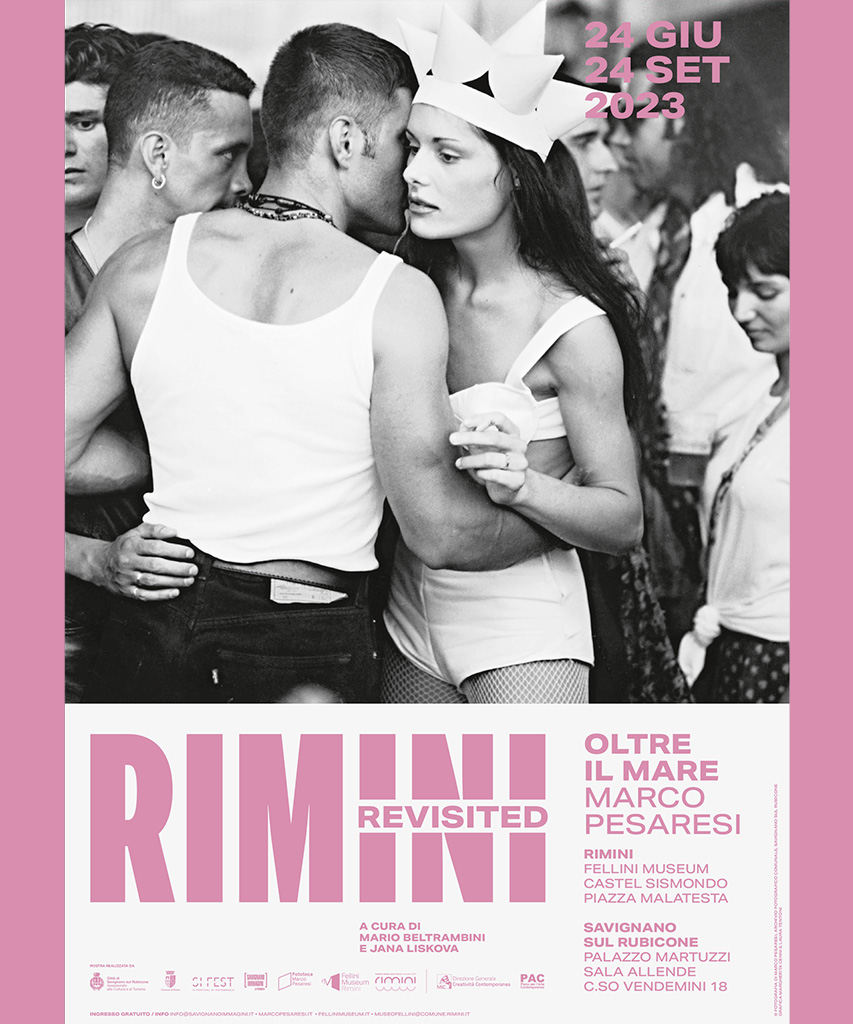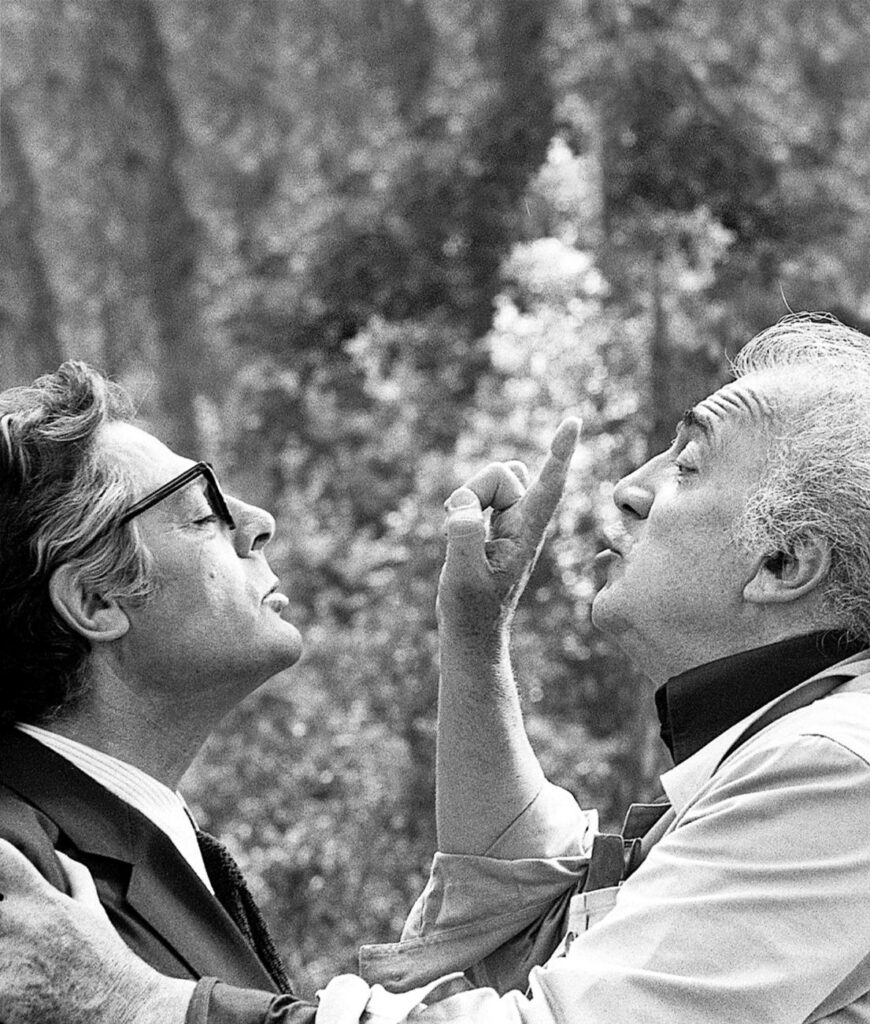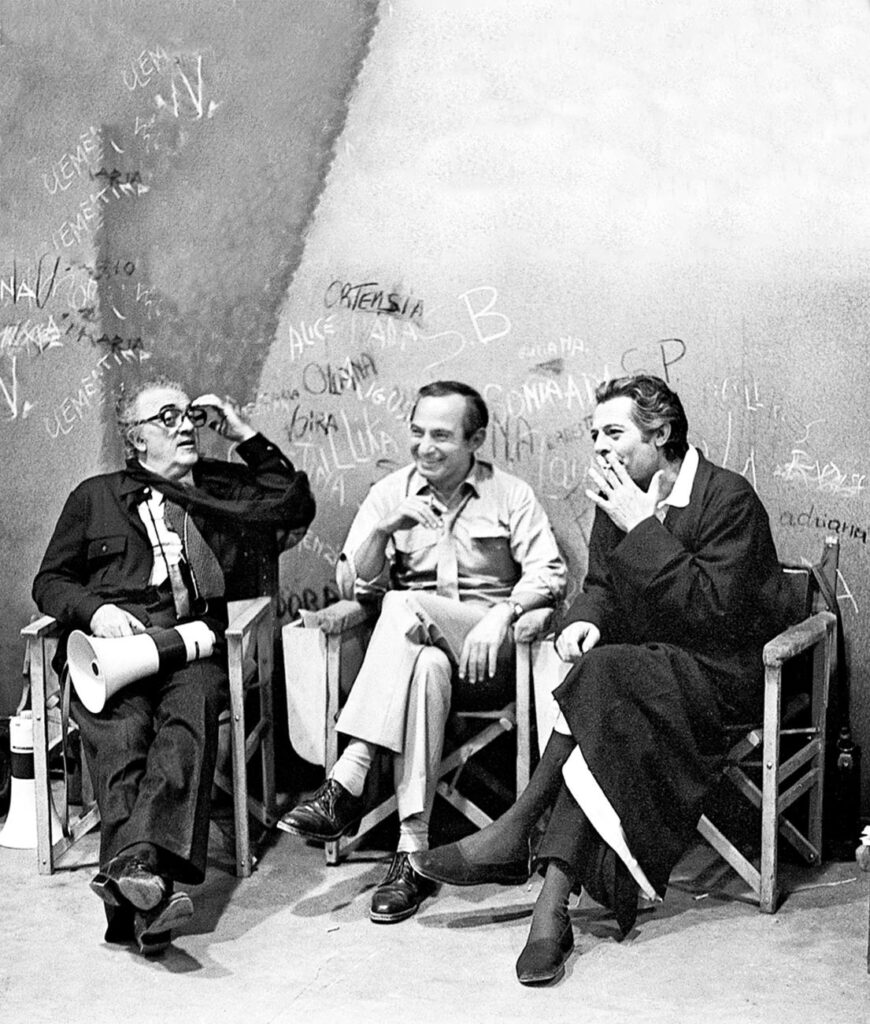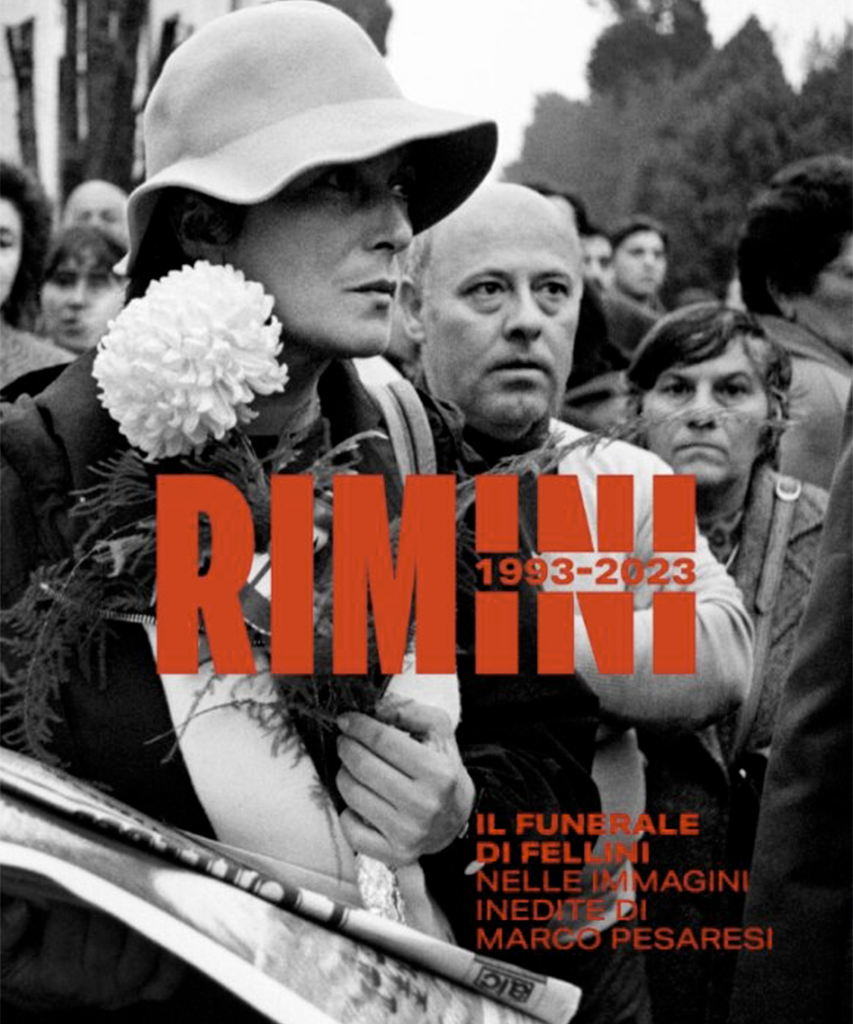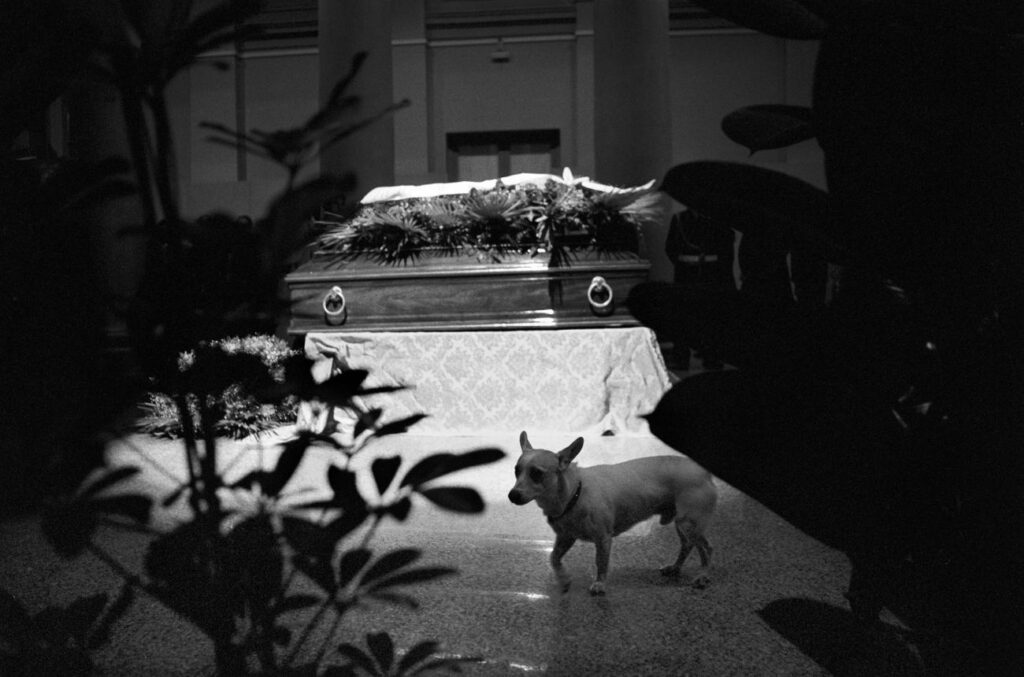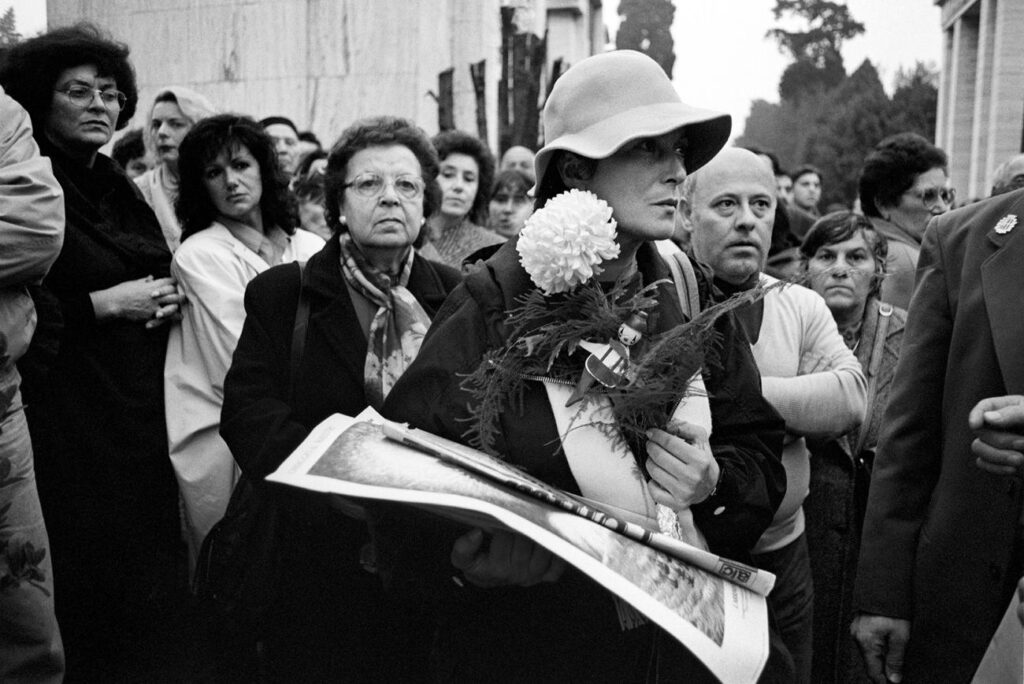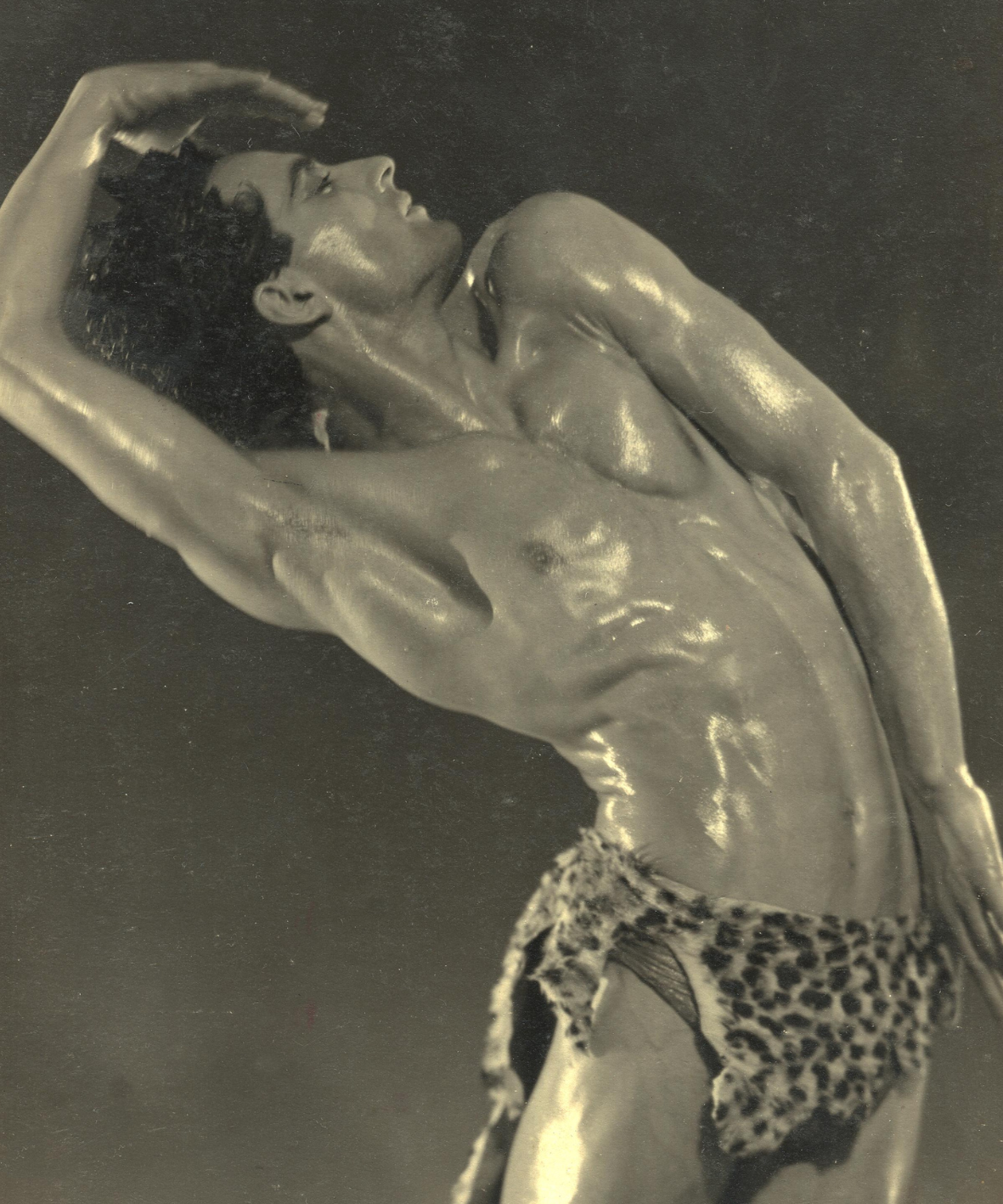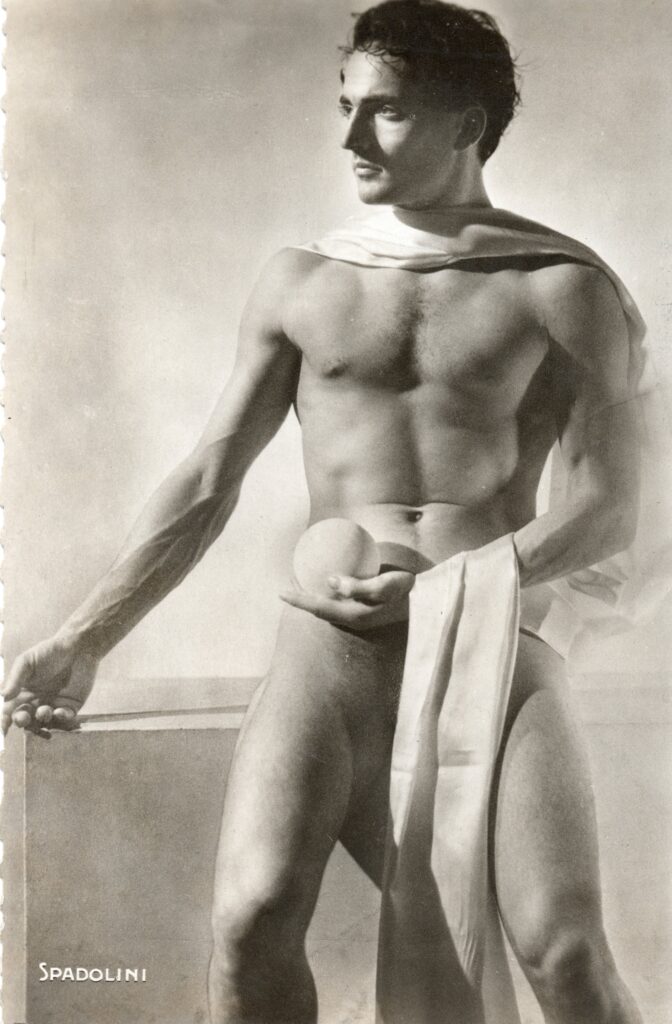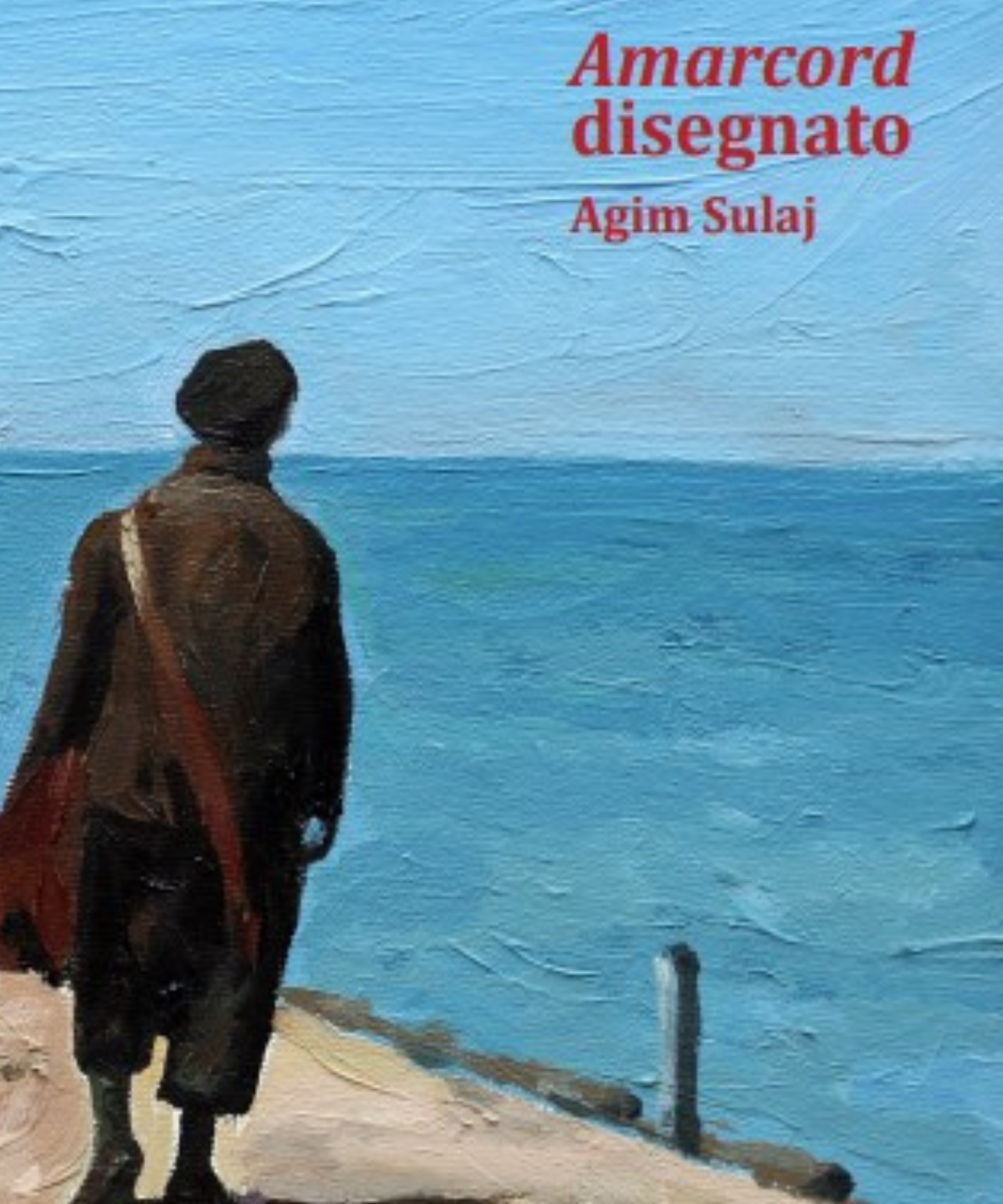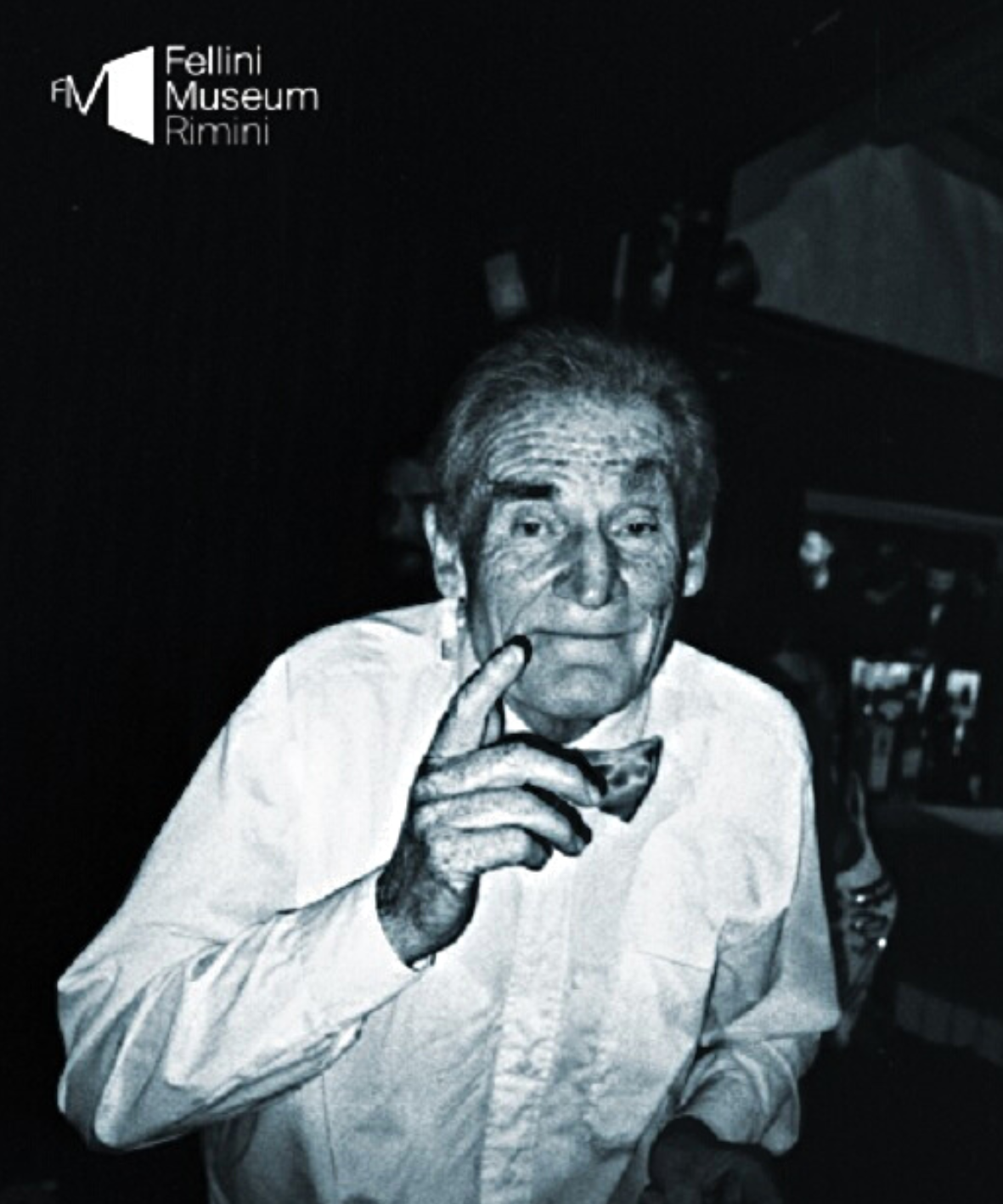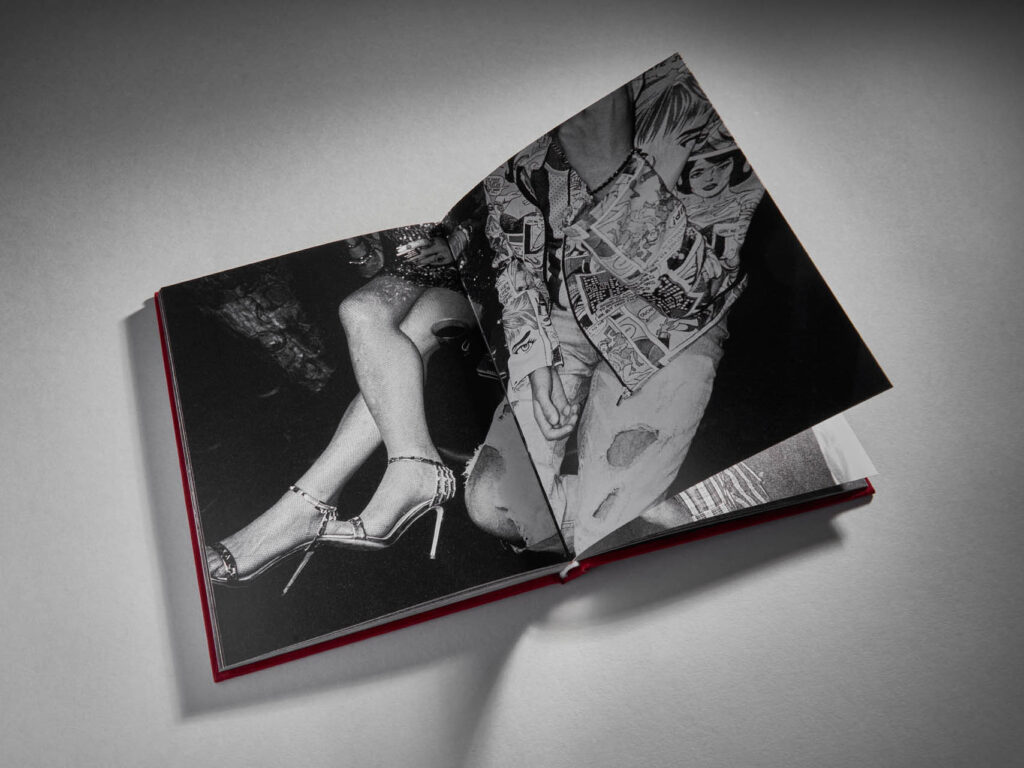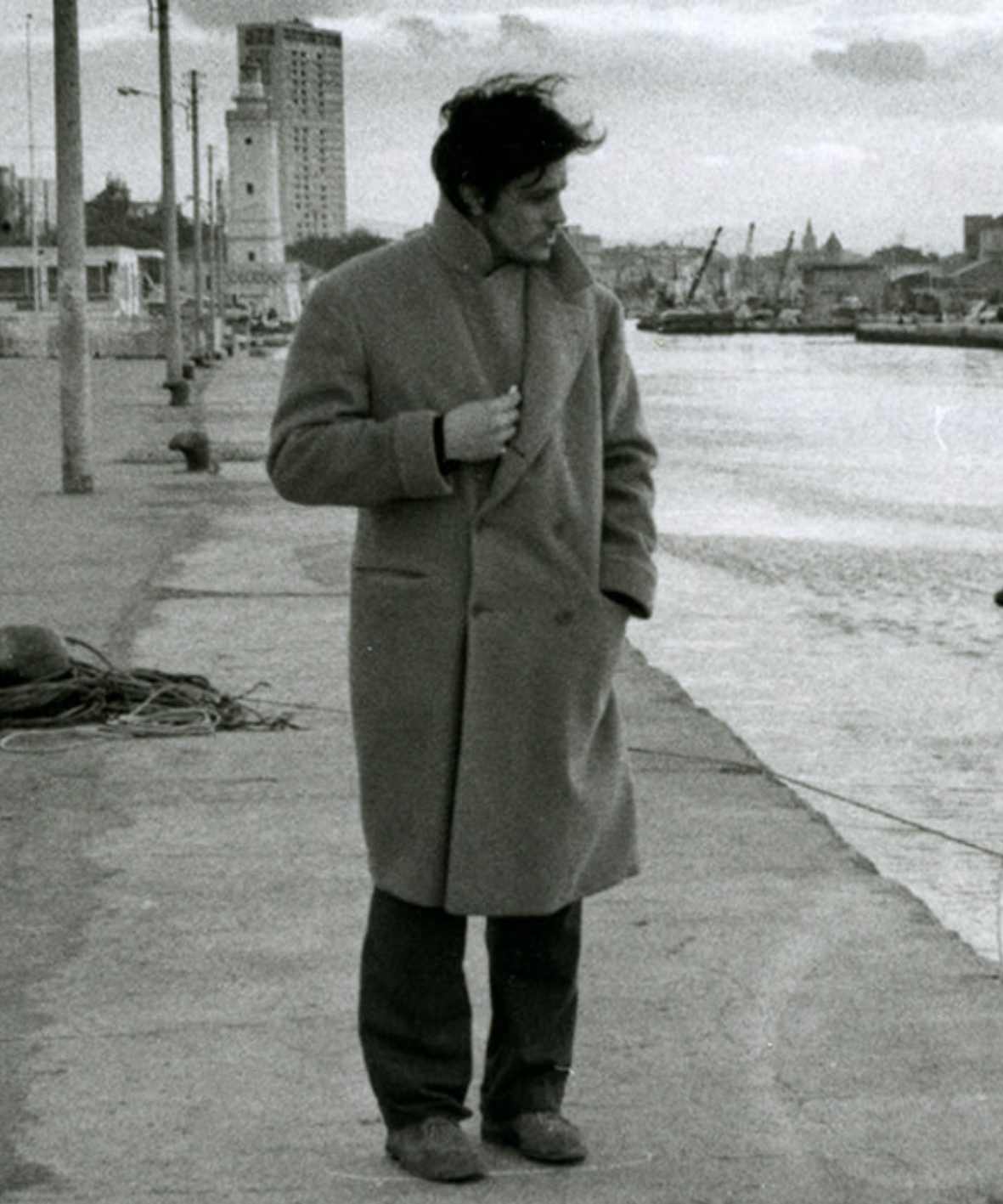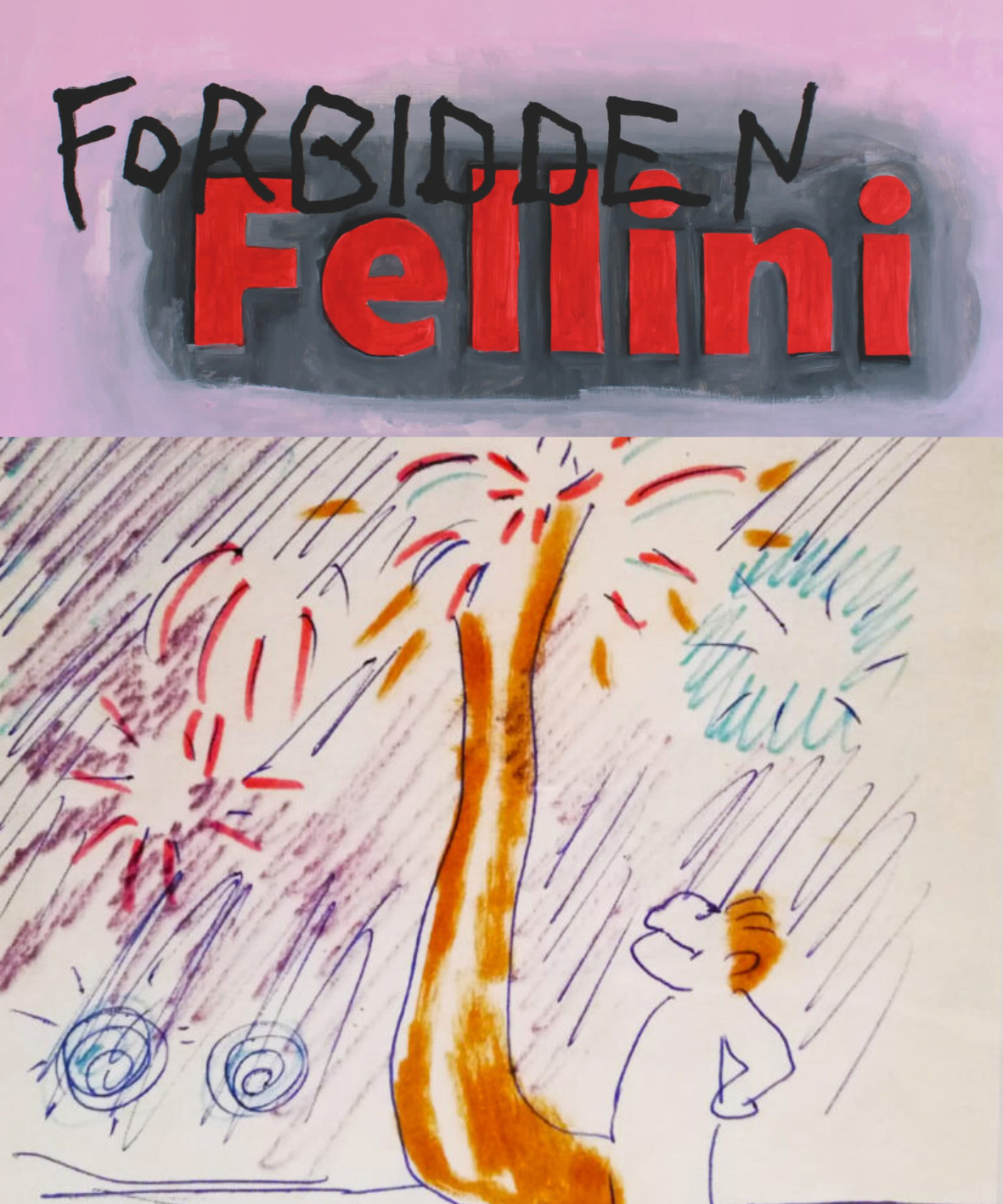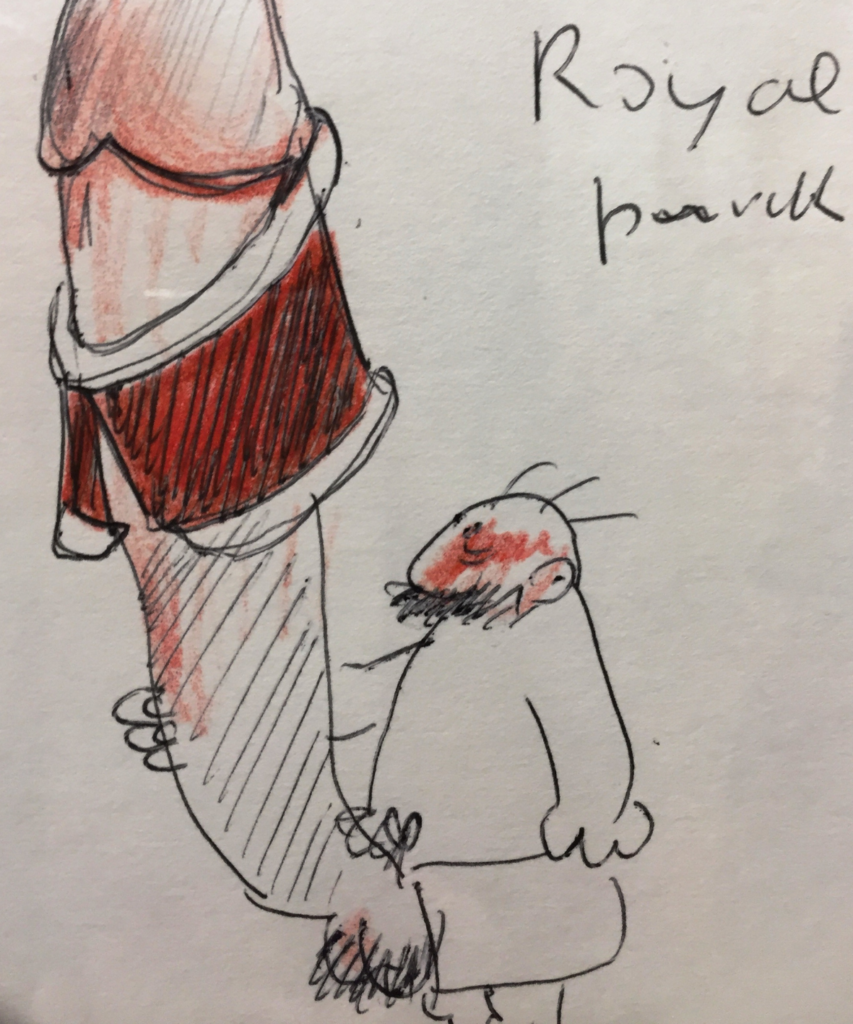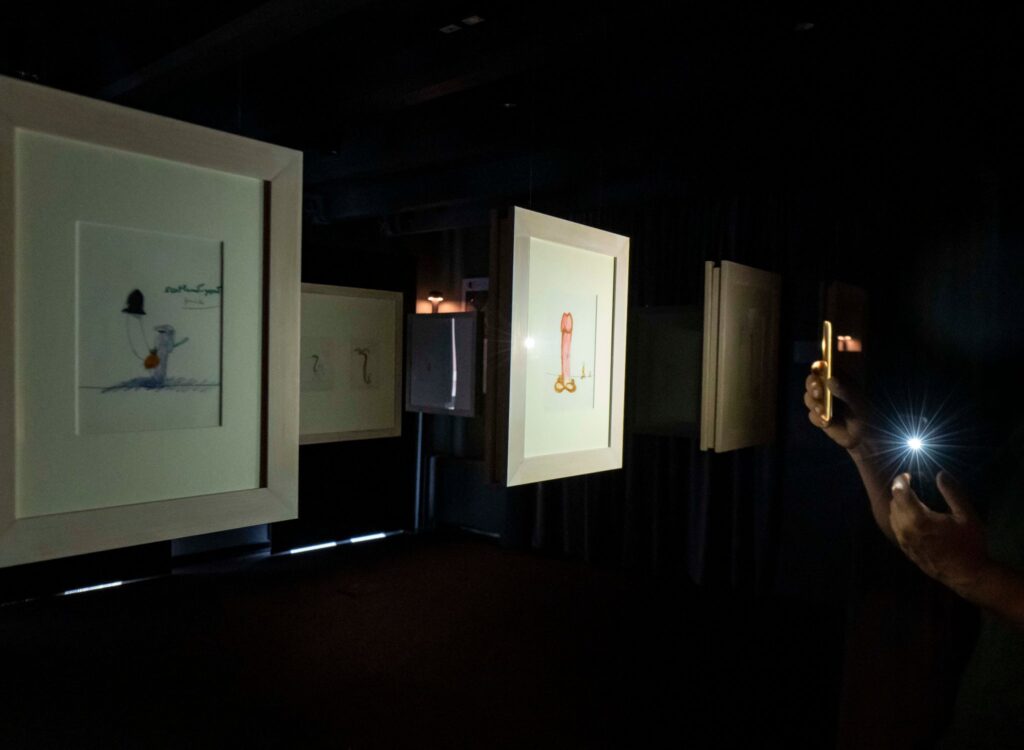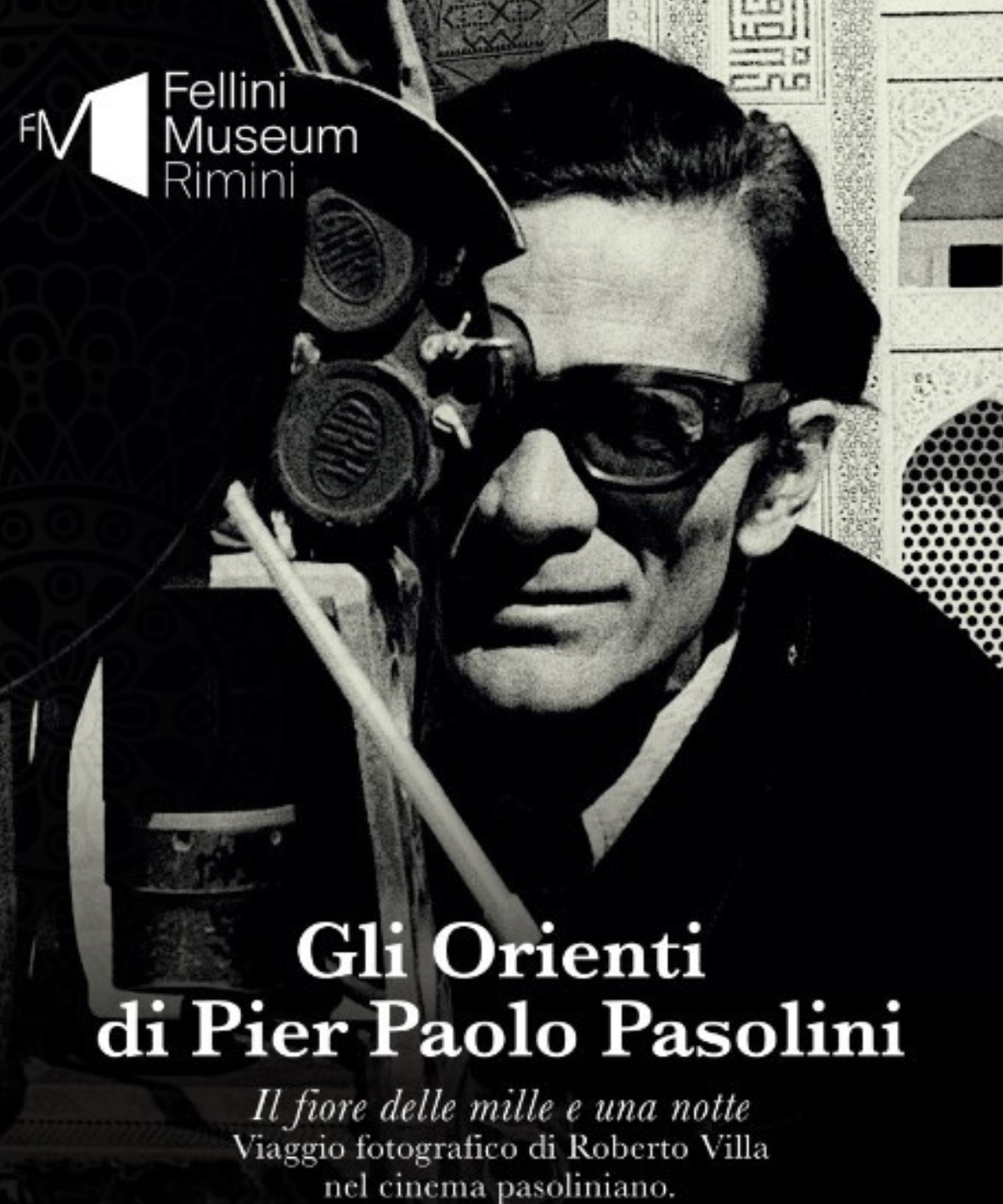
At the Ala di Isotta of Castel Sismondo the shots of photographer Fernando Borrello and the art installation by Marco Nereo Rotelli TO BE A NORMAL STAR
The face radiating light of David Bowie, Mick Jagger‘s grimaces, the irreverent energy of Madonna and Taylor Swift, Pink Floyd and Bruce Springsteen, Chet Baker and Miles Davis, Michael Jackson and B.B. King, and many others including the Italians Andrea Bocelli, Zucchero, Vasco Rossi, Pino Daniele and Giorgia.
International icons, great stars portrayed in the shots of photographer Fernando Borrello, during the 30 years spent alongside David Zard, the most famous Italian manager of all time, will inhabit the spaces of the Ala di Isotta of Castel Sismondo, in Rimini, from Thursday 8 August to 29 September, thanks to the new exhibition Superstars – Music Icons on Exhibition, produced and organised by Blu&Blu Network srl, in collaboration with Sandro Di Martino – PROMARGROUP, who also worked alongside David Zard as Vinyl DJ for over 16 years, with the support of PRIMAFILA MAGAZINE and sponsored by the Municipality of Rimini.
After the success of Queen Unseen – set up last year in the same space of the Rimini fortress that houses the Fellini Museum in its main body – a new exhibition will bring to life unique moments in the history of international music, 30 years of concerts in every corner of the globe. A three hundred and sixty degree journey through the history of rock, pop, jazz and soul music.
Superstars – Music Icons on Exhibition will be open every day except Mondays from 16.00 to 22.00.
More than eighty photographs by Fernando Borrello will be on display. During his career, he has also been a contributor to important newspapers and prestigious record companies such as RCA, EMI and Virgin, and a set photographer in the world of cinema and television, where he had the opportunity to work alongside Renzo Arbore.
Special Guest at SUPERSTARS will be Marco Nereo Rotelli, the internationally recognised ‘Artist of Light’ for his spectacular light installations in the capitals of the world. The Venetian artist, protagonist in 10 editions of the Venice Biennale, in museums and galleries all over the world and in centres such as the Espace Culturel Louis Vuitton in Paris, will present the unprecedented “TO BE A NORMAL STAR”, an itinerary of 7 works dedicated to MADONNA, BRUCE SPRINGSTEEN, LOU REED, FREDDIE MERCURY, DAVID BOWIE, MICK JAGGER and TAYLOR SWIFT with a surprising result that exalts his stylistic signature in which the word becomes a dimension of identity. Word that also in the Rimini exhibition becomes the unity of all.
For info and online ticket purchase: fernandoborrellophoto.com


